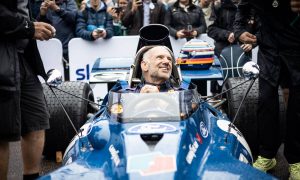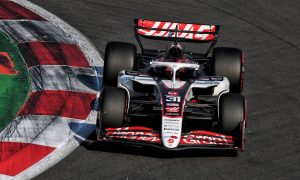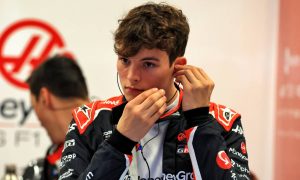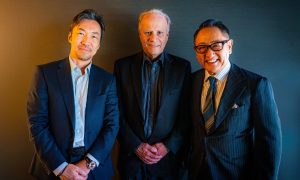
Haas F1 Team has taken a significant step towards strengthening its competitiveness by announcing a new partnership with Toyota Gazoo Racing, a collaboration that will address the US outfit’s resource gaps and boost performance according to team boss Ayao Komatsu.
Despite a challenging 2023 season where Haas finished at the bottom of the constructors' standings, the American outfit has rebounded in 2024, currently sitting seventh, just three points behind Visa Cash App RB.
However, Komatsu insists the team’s newfound form needs long-term support, and its deal with Toyota could be the key to unlocking that potential.
“We are the smallest team on the grid and we are lacking certain resources and hardware capability to understand certain things,” Komatsu explained after last Friday’s announcement in Fuji.
The partnership with Toyota, he believes, will provide Haas with much-needed technical capabilities and manpower to compete more effectively in the midfield.
“In terms of being more competitive in the midfield, we are looking for somebody who can give us more resource and [manpower] and also have the hardware and the know-how to use that hardware,” he added.
“Toyota Gazoo Racing gives exactly that. They have a great facility in Cologne so we’ll be able to utilise that.”
Read also:
The collaboration with Toyota will focus on developing advanced technologies, including a new simulator and running a Testing of Previous Cars (TPC) programme.
This initiative will allow the Japanese manufacturer’s junior drivers to test previous-generation F1 cars operated by Haas personnel. According to Komatsu, this is a key aspect of the partnership’s mutual benefit.
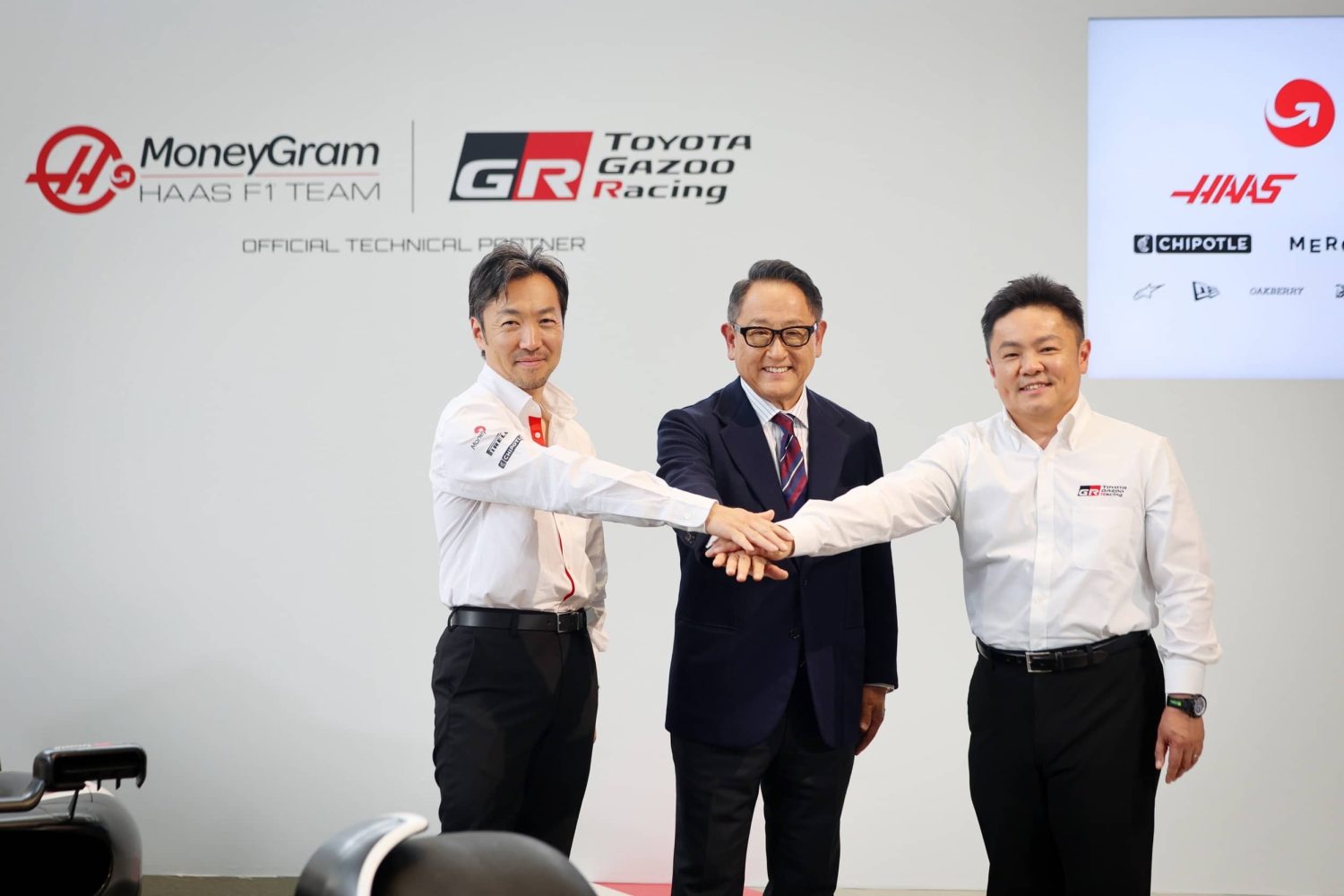
Haas team boss Ayao Komatsu with Toyota chairman Akio Toyoda and Tomoya Takahashi, president of Toyota Gazoo Racing.
“They are looking for that latest F1 know-how and skillset which we have,” Komatsu said.
“We don’t have their facilities, we don’t have the number of people, their resource. So that’s how we are tapping into each other’s expertise and then learning in the areas that we are weak relative to each other.
"So it’s really a perfect combination to have the mutual benefit.
“TPC is very important in terms of training our personnel,” Komatsu emphasized. “We have just over 300 people, we have no contingency in personnel.
“So if one race engineer or one performance engineer decides to leave or is having a problem and not able to attend a race, we are really struggling. We’re on the limit all the time.”

Komatsu sees the TPC as a valuable tool to build a more resilient team.
“In order to improve the organisation, you cannot be at the kind of survival stage as a baseline. We’ve got to build up the organisation. So through TPC we can start training our engineers, our mechanics, having back-up people.”
However, the Haas team boss acknowledges that operating under the F1 budget cap makes these plans more complex.
“Of course the budget cap makes it more complicated in a way that we’ve got to do it on a timesheet. People who are dealing with heritage, i.e. TPC, is outside the cap.
“But the minute those people cross over to the race team beyond a certain percentage we have to include them in the budget cap. So that detail we need to do correctly.”
Despite the complicated structure involving Haas’ existing partnerships with Ferrari and Dallara, Komatsu believes the addition of Toyota won’t overly complicate their operations.
“We buy components from Ferrari, we buy components from Dallara. For instance, if we buy a front wing from Dallara, there’ll be a price, in the same way – okay, this is done with sponsorship – but if we ask TGR to make a front wing, there will be an exchange in terms of PO [purchase order].
“So we will be paying for that front wing, but that will come out of this sponsorship money. Whereas [getting] a front wing from Dallara, Mr Haas needs to pay. So the source of money is different but the mechanism itself is very fundamentally the same. So I don’t think that will be very complicated.”

The partnership has also sparked speculation about whether Toyota could be eyeing a larger role in Formula 1, having competed as a works team between 2002 and 2009.
While such a return seems unlikely at present, Komatsu suggests there is room for their collaboration to evolve in the future.
“It is actually a long-term partnership, this one, this is not a short-term thing,” he stated. “Certain projects we picked to start off with the kick off because it’s so obvious what area we are lacking, what area we haven’t got the capability, what area TGR has already got capability.
So we obviously are picking up the project that has the biggest impact and need straightaway.”
Komatsu expressed optimism about the future of the partnership, seeing it as a way to make Haas more competitive.
“Throughout this partnership we’ll understand each other more and more, and there will be many areas we can work together on and TGR can help make us a more competitive Formula 1 team.
So it’s really on a teams’ requirement basis if you like, to make us more competitive as an F1 team to move up more towards the front of the grid.”
Keep up to date with all the F1 news via Facebook and Twitter




